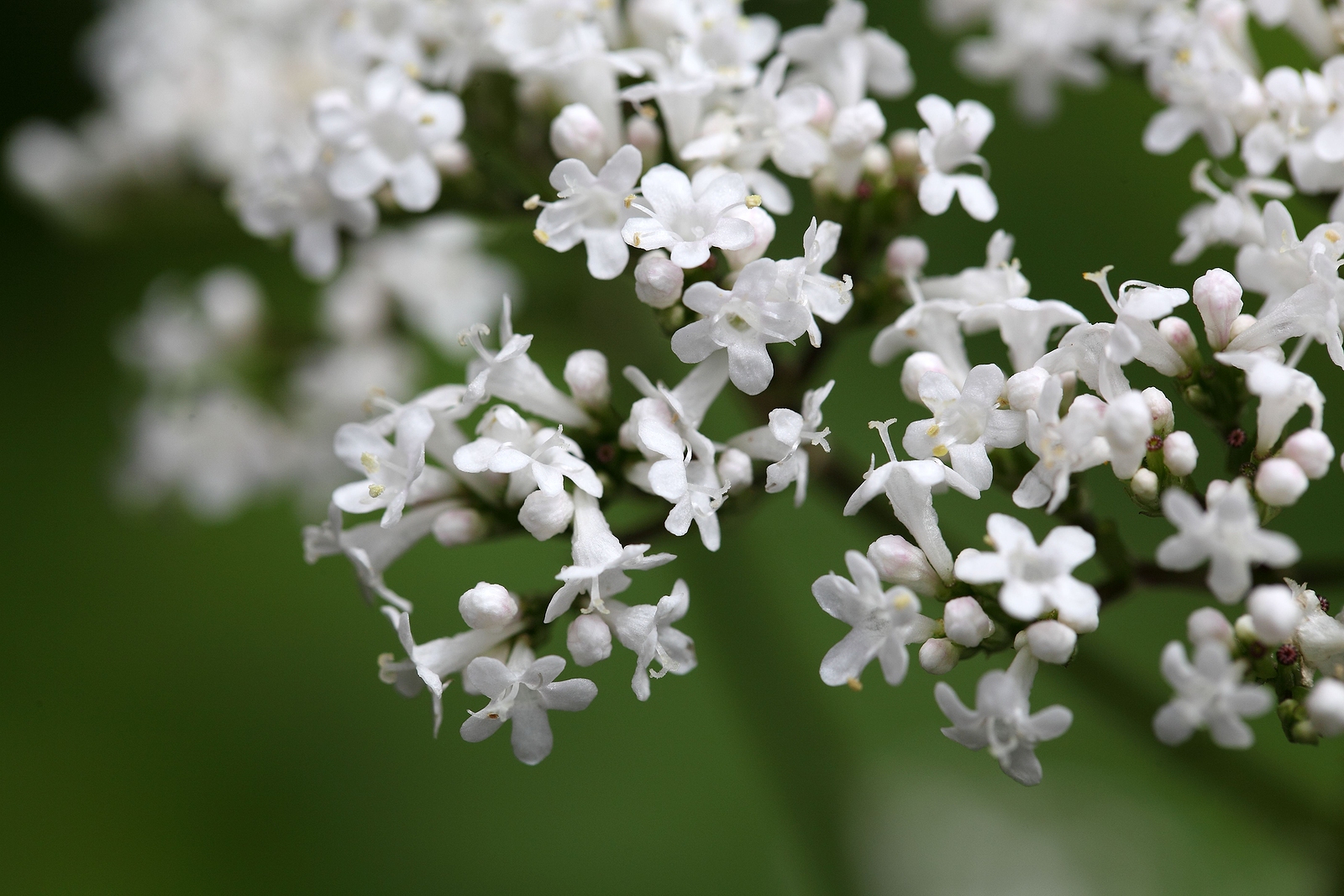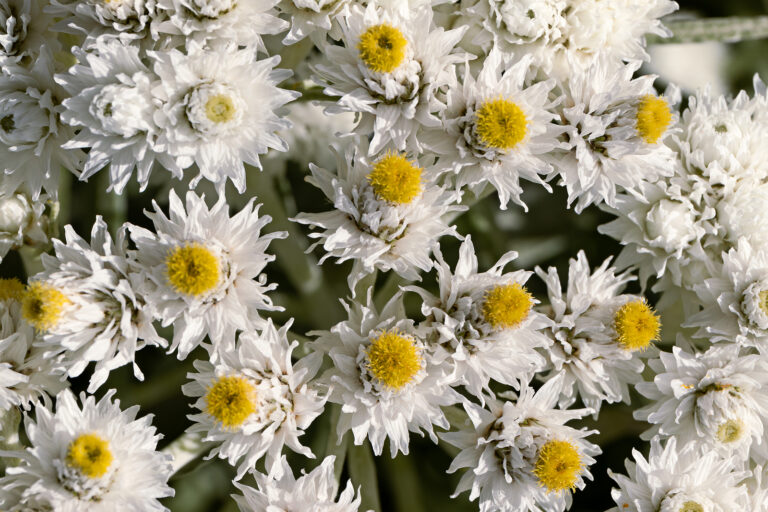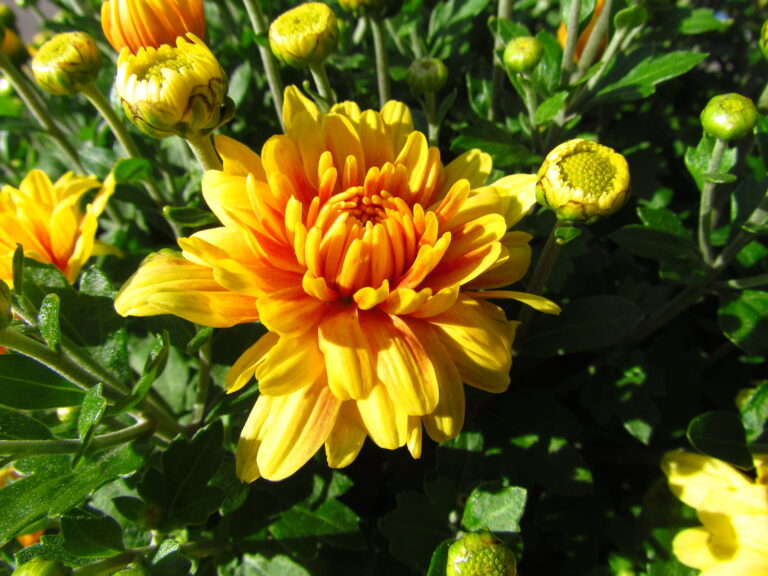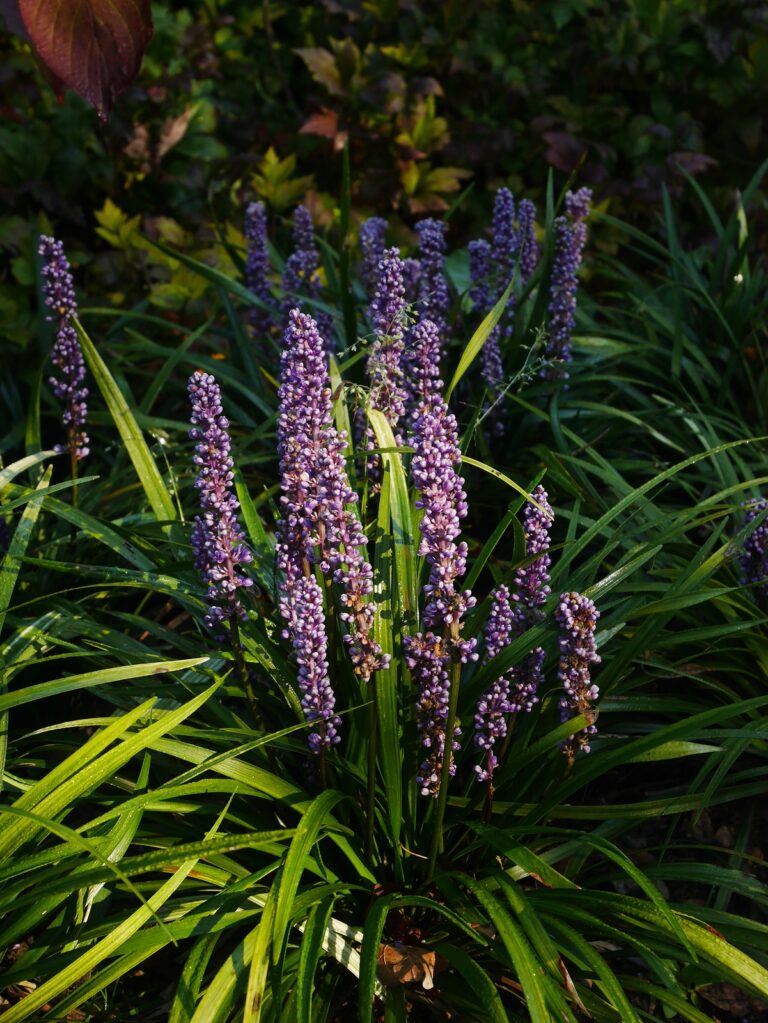How to Grow Garden Heliotrope — Valeriana
Valeriana — commonly called garden heliotrope–bears tiny, fragrant flowers that can be white, pink, red, or lavender blue. Flowers appear in rounded clusters at the ends of stems.
Valeriana is suited for growing in an informal, cottage-style garden, herbaceous border, or herb garden, or for naturalizing in a wild garden. Valeriana is often used as a cut flower. The roots are strong-smelling and often used in herbal preparations for their sedative qualities.
Valeriana should be controlled; it can become invasive. Don’t let it crowd other plants.
Valeriana is a genus of about 200 species of herbaceous perennials and annuals. They are found throughout the world except in Australia and parts of southern Asia.
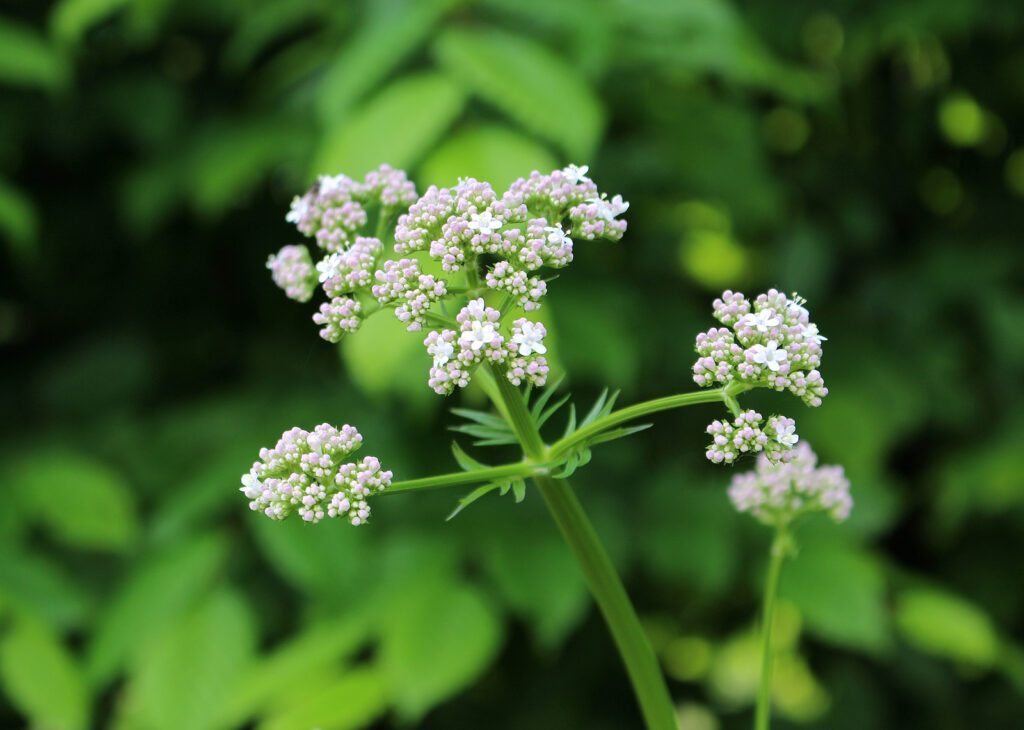
Get to know Valeriana
- Plant type: Perennial
- Growing zones and range: Zone 5 to 9
- Hardiness: Hardy to Zone 5
- Height and width: 4 to 6 feet (1.2–1.8m) high and wide
- Foliage: tall, straight stems. Most leaves remain fairly close to the ground. Leaves are light green, borne in pairs that are further divided into eight to ten pairs of narrow leaflets.
- Flowers: Tiny, fragrant flowers are white, pink, red, or lavender-blue, in rounded clusters at the ends of stems.
- Bloom time: Midsummer.
- Uses: Mixed herb or flower borders; use cut flowers in arrangements. Roots are strong smelling and are widely used in herbal preparations said to have sedative qualities.
- Garden companions: Joe-Pye weed (Eupatorium maculatum)
- Common name: Garden heliotropes, valerian
- Botanical name: Valeriana
- Family name: Valerianaceae
- Origin: Found worldwide in moist woodlands, meadows, and streamsides
Where to plant Valeriana
- Plant Valeriana in sun or light shade.
- Plant Valeriana in humus-rich, well-drained, moist soil.
When to plant Valeriana
- Plant Valeriana seed in spring.
- Set container-grown plants in the garden in spring or autumn.
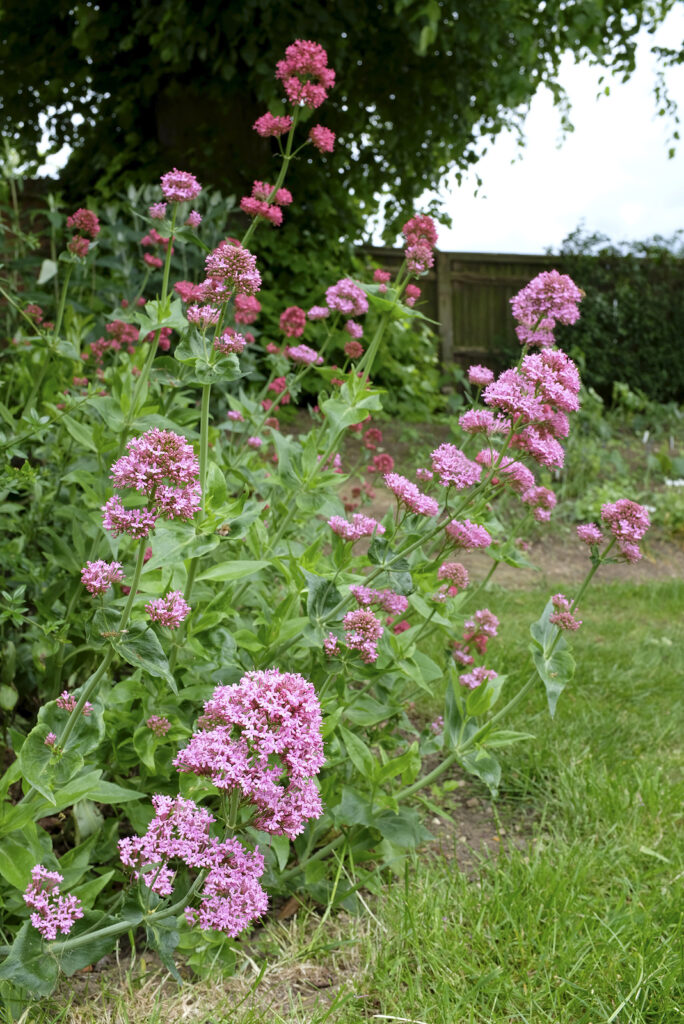
Planting and spacing Valeriana
- Space Valeriana 16 to 32 inches (40-80cm) apart.
- Valeriana spreads and can become invasive. Don’t let it crowd other plants.
How to water and feed Valeriana
- Give Valeriana regular to moderate water.
- Feed plants with an all-purpose organic fertilizer in spring.
How to care for Valeriana
- Tall stemmed species and cultivars may require support.
Valeriana pests and diseases
- Valeriana can develop leaf spot, mildew, rot, or rust.
- Valeriana is susceptible to attack by Japanese beetles.
Valeriana propagation
- Divide Valeriana clumps in spring.
- Sow seed in containers in spring.
- Take basal cuttings in spring.
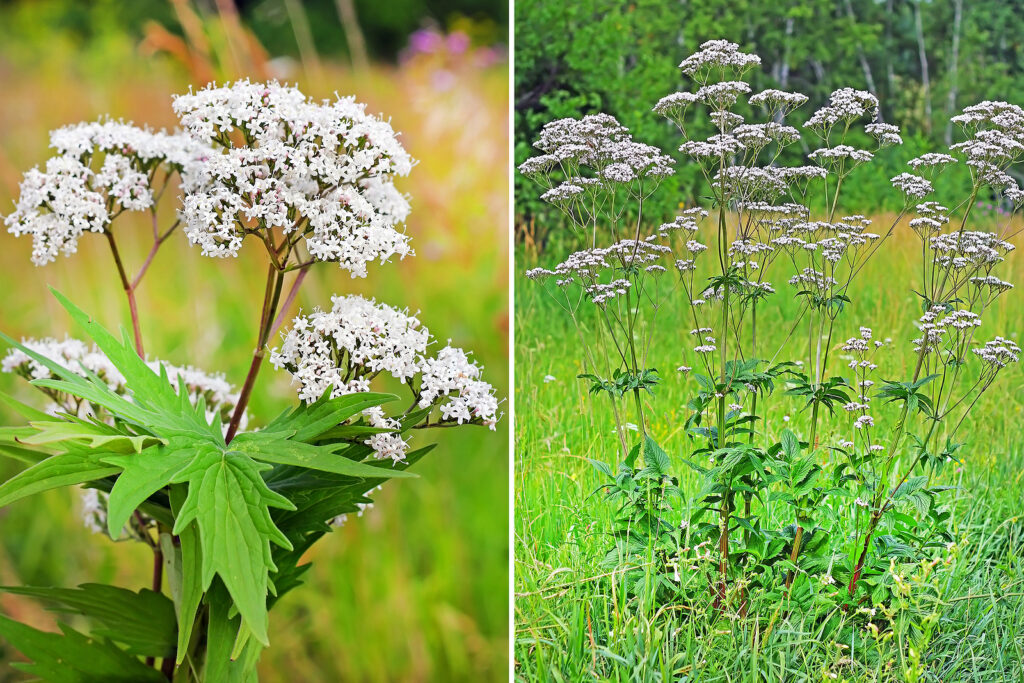
Valeriana varieties to grow
- Valeriana officinalis, Common valerian, has aromatic, fernlike foliage and 4 inch (10.2cm) clusters of attractive, airy, white, pinkish, or lavender blooms. 4-5 feet (1.2-1.5m) tall. Because it tends to spread, the wildflower garden is probably the best place for it. Zones 3 to 9.
- V. phu ‘Aerea’ has clumps of yellow leaves in early spring; later on, the leaves turn green. In early summer, clusters of tiny white flowers form atop 4-5 feet (1.2-1.5m) tall stems. Zones 5 to 9.

